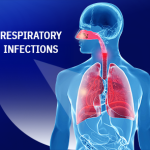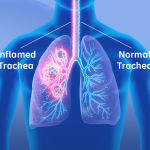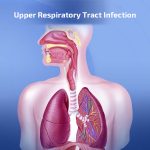Shortness of breath
Shortness of breath, also known as dyspnea, is a common condition in which a person feels unable to breathe normally and easily, leading to difficulty in getting enough oxygen into the lungs, this sensation may be accompanied by chest pain or discomfort and is often associated with respiratory issues or heart diseases.
Under normal conditions, a person breathes about 20 times per minute, which amounts to approximately 30,000 breaths per day, involving both inhalation and exhalation. Certain factors such as cold air, stress, or physical exertion can affect the breathing rate, but these changes typically do not cause noticeable shortness of breath in a healthy individual.
- Types of shortness of breath
- Causes of shortness of breath
- Symptoms of shortness of breath
- Diagnosis of shortness of breath
- Treatment of shortness of breath
- Top Ways to prevent shortness of breath
- When to see a doctor
Types of shortness of breath
Shortness of breath is divided into two main types:
Acute shortness of breath:
This type appears suddenly over a short period (minutes to hours) and may be accompanied by other symptoms such as fever, cough, or skin rash, yhese associated symptoms can indicate the presence of an infection, allergic reaction, or a cardiac or pulmonary issue that requires immediate medical attention.
Chronic shortness of breath:
This type develops gradually and affects a person’s ability to perform daily activities such as walking or changing positions, the severity may vary depending on body position, for example, some patients experience difficulty breathing when lying down, particularly those with heart or lung conditions.
Causes of shortness of breath
Shortness of breath is a common symptom that can result from various simple or medical causes. In some cases, it may be due to physical exertion such as exercising, climbing to high altitudes, or sudden changes in temperature.
However, in other cases, shortness of breath may indicate an underlying health issue. The most common causes include:
- Respiratory problems, such as pneumonia, asthma, airway narrowing, chronic obstructive pulmonary disease (COPD), or pulmonary embolism
- Certain infections, whether bacterial or viral, such as COVID-19
- Heart conditions, including heart attacks, heart failure, or arrhythmias
- Psychological factors, such as anxiety, stress, or severe fatigue
- Exposure to toxic substances, like carbon monoxide gas
- Depression and other mental health conditions
- Anemia and low hemoglobin levels
- Central nervous system disorders
- Hyperventilation syndrome
- Low blood pressure
- Severe obesity
Symptoms of shortness of breath
When a person experiences difficulty breathing, it may be accompanied by certain symptoms that indicate a potential health issue. The most common of these symptoms include:
- Chest pain: May signal a problem in the lungs or the respiratory system.
- Rapid heartbeat: Caused by a lack of oxygen in the body and often linked to heart conditions.
- Wheezing: A whistling sound during breathing, usually due to narrowed airways, especially when breathing rapidly.
- Increased sweating: The body exerts extra effort to obtain oxygen, leading to excessive sweating.
- Fatigue: General tiredness caused by the body’s struggle to breathe.
Diagnosis of shortness of breath
When you visit a doctor due to shortness of breath, a clinical chest examination will be performed, and the doctor may recommend a series of tests to determine the exact cause, such as:
- Pulmonary function test: This test measures how much air enters and leaves the lungs, as well as the speed of breathing, helping to assess lung efficiency.
- Oxygen saturation measurement: A small, painless device clipped to the finger measures the oxygen level in the blood quickly and non-invasively.
- Blood tests: Used to detect issues such as anemia, infections, or blood clots that might be causing the shortness of breath.
- Imaging (X-ray or CT scan): Helps identify lung or heart problems such as inflammation, blockages, or heart enlargement.
- Electrocardiogram (ECG): Assesses heart activity and helps detect arrhythmias or signs of a heart attack.
Diagnosis of shortness of breath
Treatment of shortness of breath
- Mechanical ventilation sessions: Used in emergency situations or in cases of respiratory failure, while this doesn’t treat the underlying cause, it helps prevent the condition from worsening.
- Treatment of heart-related causes: In some cases, shortness of breath is caused by cardiac disorders, specialized treatment is required to improve heart function, which may include medications to strengthen the heart muscle or lower blood pressure.
- Managing underlying breathing issues: If the cause is a specific illness, a targeted treatment plan should be started to address the problem and relieve the shortness of breath, in chronic cases such as asthma, continuous and correctly dosed treatment as prescribed by a doctor is essential.
- Use of respiratory medications: Depending on the condition, patients may be prescribed various medications including antihistamines, bronchodilators, and corticosteroids to reduce airway inflammation.
Home remedies
Some simple steps can effectively improve breathing and help prevent unpleasant symptoms:
- Avoid air pollutants: Try to stay away from areas with smoke, dust, or strong chemicals. If exposure is necessary, wear a protective mask.
- Avoid overexertion: Don’t push your physical limits—excessive activity can trigger shortness of breath, especially for individuals with respiratory conditions.
- Follow a healthy diet: A balanced diet supports immunity and helps control weight, reducing pressure on the lungs and improving breathing.
- Ensure proper ventilation at home: Allow fresh air to circulate in your home and clean face-contact fabrics such as pillows and towels regularly.
- Reduce psychological stress: Stress can lead to irregular and shallow breathing. Practice relaxation or meditation techniques to improve both mental and respiratory well-being.
Top ways to prevent shortness of breath
- Treating underlying causes: Adhering to the treatment of illnesses or medical conditions that lead to shortness of breath plays a major role in preventing the recurrence of symptoms.
- Avoiding air pollutants: Refrain from inhaling polluted air or airborne chemicals, as they can negatively impact the respiratory system.
- Maintaining a healthy weight: Achieving and maintaining a healthy weight reduces pressure on the lungs and lowers the risk of respiratory issues.
- Avoiding excessive exertion: Reducing intense physical activity or fatigue can help limit episodes of temporary shortness of breath.
- Quitting smoking: Quitting smoking is one of the most crucial steps in preventing shortness of breath due to its direct harmful effect on the lungs.
When to see a doctor
It is recommended to contact your doctor if you notice any of the following changes in your breathing condition:
- Worsening symptoms: If you feel that your shortness of breath is getting worse or different from what you’re used to.
- Ineffectiveness of usual treatment: If you do not notice any improvement after using your prescribed inhaler or medications.
- The appearance of concerning new symptoms, such as:
- Swelling in the feet or ankles, which may indicate heart problems or fluid retention.
- Difficulty breathing while lying down, a symptom often linked to heart or lung conditions.
- Fever accompanied by a cough, which could suggest an infection such as pneumonia.
- Wheezing or unusual breathing sounds, which might indicate airway obstruction or worsening of a chronic respiratory condition.
Shortness of breath is not a disease in itself but a symptom of many different causes, some mild and others requiring urgent medical attention. Therefore, do not just observe the symptoms—seek diagnosis and treatment promptly. Early detection can help prevent many complications in the future.
